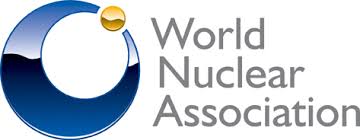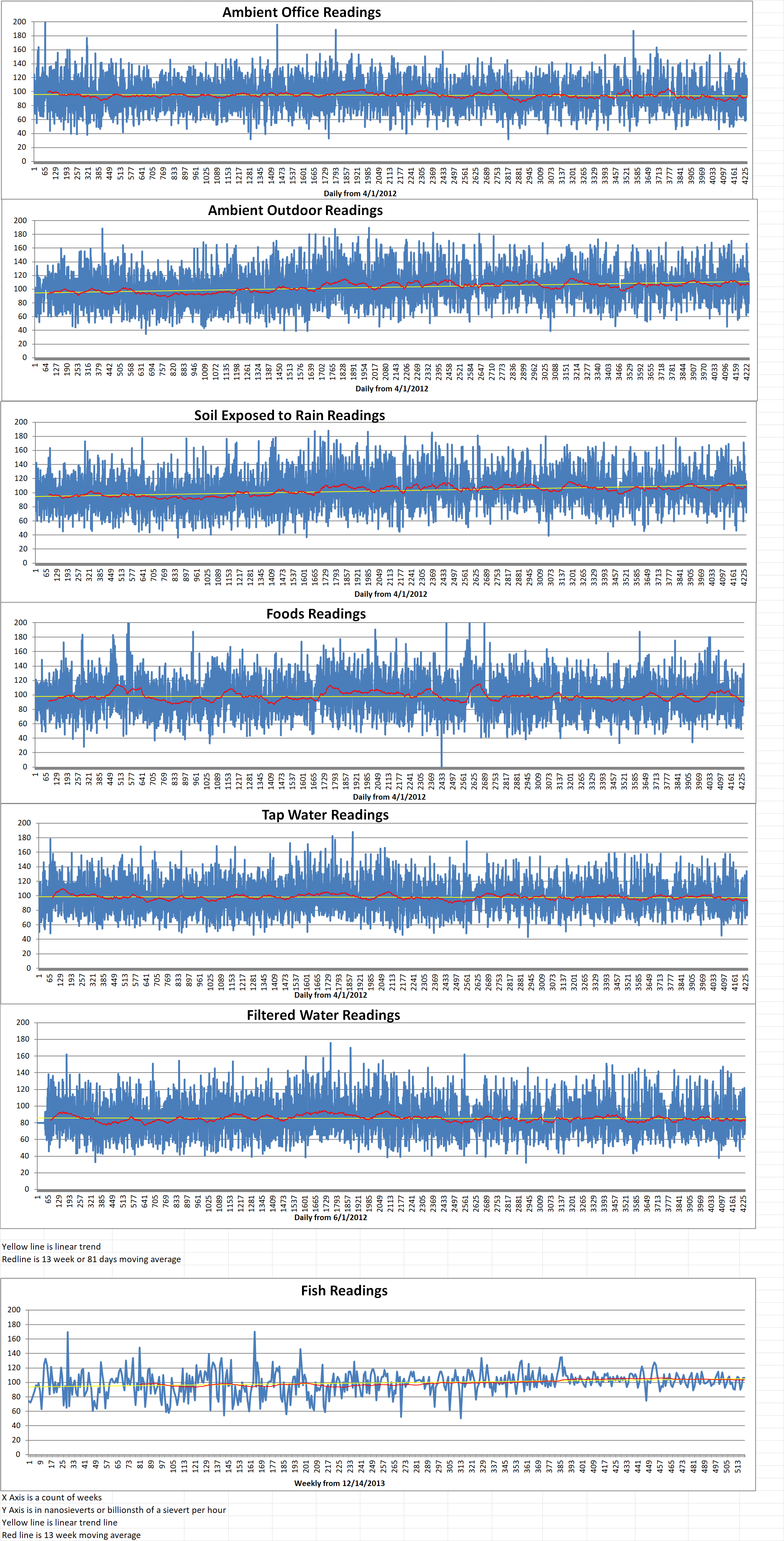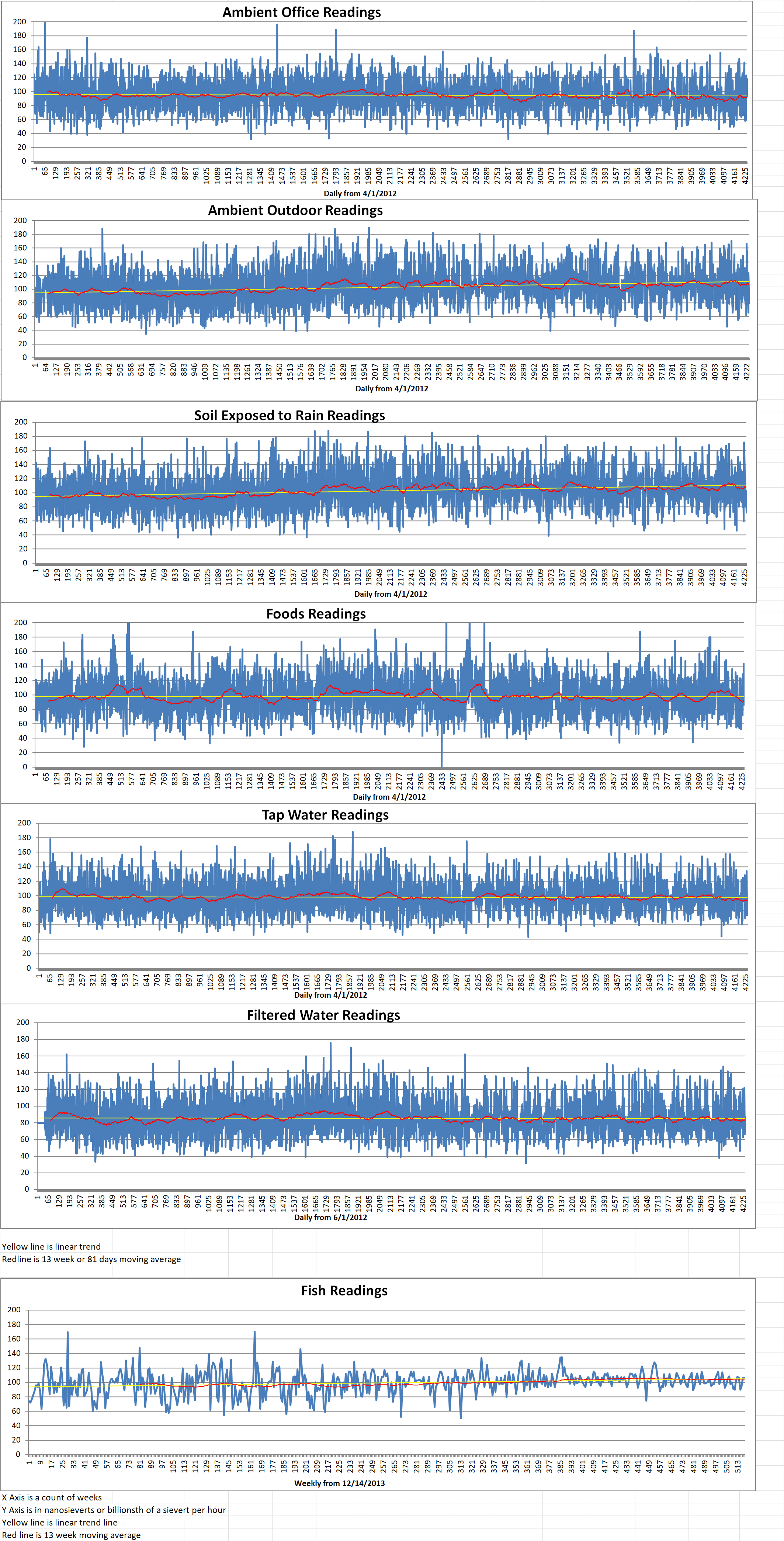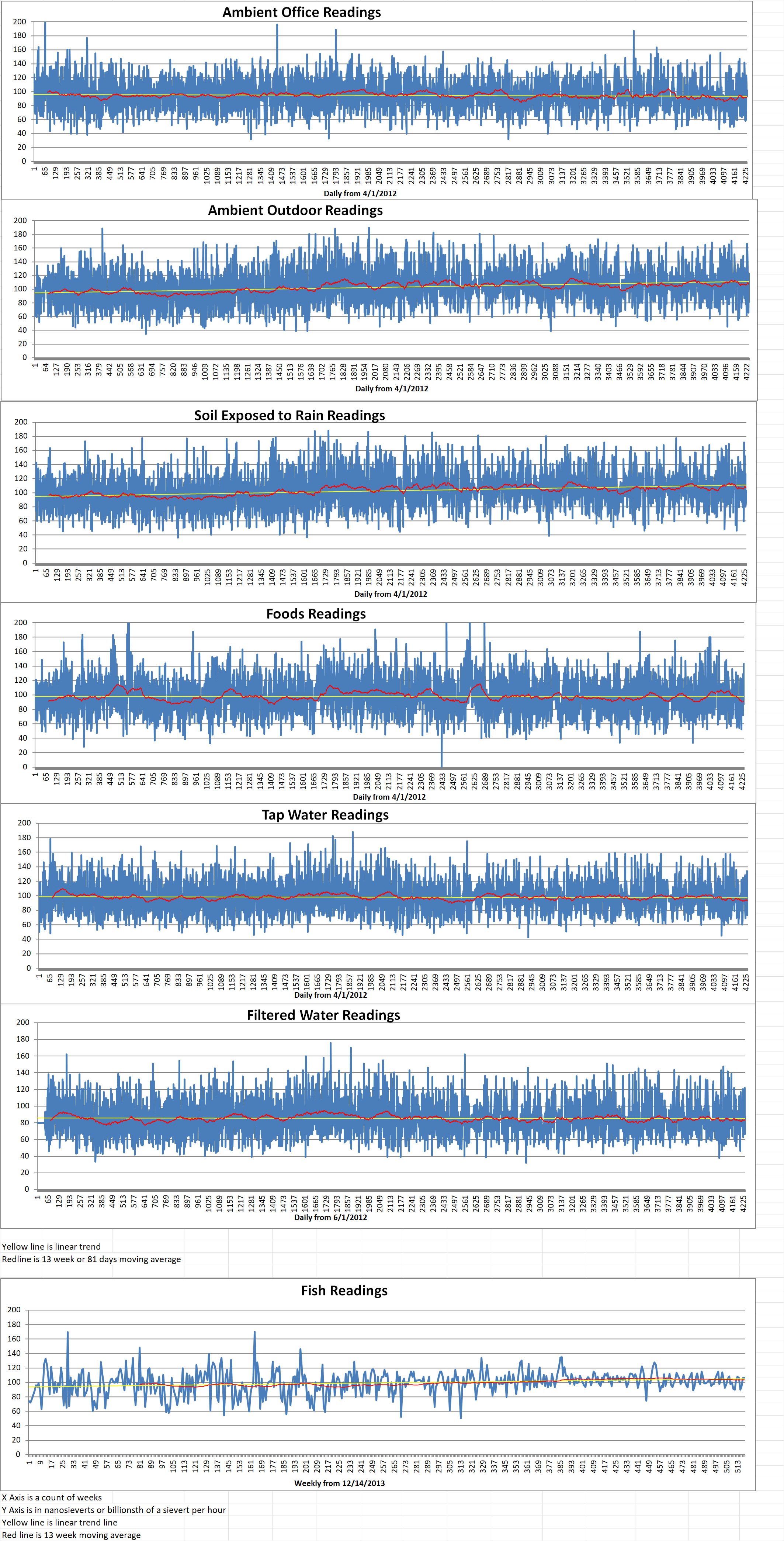Part 1 of 2 Parts
Massive growth is expected in the global demand for electricity, which will require an expansion of both generation and the transmission system. This was conveyed by speakers at a side event at the World Energy Congress 2024. They said that nuclear power will play an important role, in ensuring the resilience of the future electricity system.
The session was called Building low-carbon resilient electricity system. It was co-organized by World Nuclear Association, the United Nations Economic Commission for Europe (UNECE) and the Electric Power Research Institute (EPRI) on the sidelines of the World Energy Congress, held in Rotterdam, The Netherlands, on 22-25 April.
When he was asked about the biggest challenges to the global electricity system, World Nuclear Association Director General Sama Bilbao y León said that many developed countries have “very robust and reliable energy systems” that have been constructed over the years. However, when adding new generation, particularly intermittent renewable generation, “we have forgotten to ensure the resiliency of the system. We are finding ourselves close to breaking point where any most-needed capacity … is really going to require major investment into the grid itself.”
Neil Wilmshurst is the Senior Vice President, Energy System Resilience and Chief Nuclear Operator at EPRI. He said that in the developed Western world, the challenge is integrating renewables, reliability, and resilience in the context of increasing demand. He pointed out that even conservative estimates put future electricity demand at twice or three times the current demand. “If you look at the amount of hydrogen people say could be in demand in the US, it would take the entire current generation capacity of the US to produce it. That is the kind of magnitude of generation we’re talking about. Then you throw on top of that the coming load from data centers.” Meanwhile, electricity demand in developing countries in the third world is also rapidly expanding. He said that a major challenge will be simultaneously increasing electricity supply in the developed world while also electrifying the developing world.
Iva Brkic is the Secretary of UNECE’s Sustainable Energy Division. He noted that a recent International Energy Agency report estimated that there was a need to add or refurbish a total of more than fifty million miles of grids by 2040. This is the equivalent of the existing global grid. She said that “We need to double it in the next 14 years to meet our targets. So where are those resources going to come from? Where are the critical raw materials that we need to identify, to secure the supply chains, to really build that infrastructure? Now we add another layer to this – keeping the resiliency but also the reliability of that grid.”
Brkic said that the effects of climate change are already being experienced around the world. “How can we ensure that the system that we are now redesigning and building and modernizing can withstand those impacts of climate change – the heatwaves, the droughts. This is something that we need to pay attention to. At the UNECE, we like to think also about the aspects of balancing between delivering on energy security, affordability and environmental sustainability. And when we think now about modernizing the electricity system, it’s also about balancing those aspects and creating resiliency while actually cleaning the energy system.”
Wassim Ballout is an energy analyst at EDF’s Corporate Strategy Division. He said that the electricity sector is still one of the highest emitters of CO2, with many countries relying heavily on fossil fuels for electricity production. “One of the biggest challenges will be to satisfy this significant demand growth with decarbonized production. Not only decarbonizing the existing production but also to cope with the significant increase … the challenge would be to invest in all low-cost, low-emission technologies and to have a technological neutral approach and have good incentives to do that.”
Please read Part 2 next
Blog
-

Nuclear Reactors 1387 – World Nuclear Association Conference Discusses Need To Improve Global Electrical Grid Infrastructure – Part 1 of 2 Parts
-
Nuclear News Roundup May 08, 2024
Russia tested space-based anti-satellite weapon with potential nuclear capabilities in 2022 kyivindependent.com
Future of TMI Unit 1 questioned after nuclear power plant restarted in Michigan local21news.com
Those sickened by U.S. nuclear testing program take their fight to Congress kpbs.org
What’s next for Diablo Canyon nuclear power plant? This meeting discusses that ksby.com
-

Geiger Readings for May 08, 2024
Ambient office = 118 nanosieverts per hour
Ambient outside = 115 nanosieverts per hour
Soil exposed to rain water = 116 nanosieverts per hour
Roma tomato from Central Market = 85 nanosieverts per hour
Tap water = 90 nanosieverts per hour
Filter water 83 nanosieverts per hour
-

Nuclear Reactors 1386 – Polish Reinsurer Smartt Re Is Working On The Creation Of A National Nuclear Insurance Pool – Part 2 of 2 Parts
Part 2 of 2 Parts (Please read Part 1 first)
Libront added, “Obviously, we are aware of the importance of ESG policies in our lives, the need to gradually move away from fossil fuels, the need to diversify energy sources and to take advantage of the opportunity of nuclear power.
Libront explained that “Building an insurance strategy is important so that the Polish market becomes a strong partner for foreign insurers and reinsurers whose insurance capacity it will use. For our partners, the strategy means a good understanding of Poland’s energy transition path and the development of Poland’s nuclear power industry, the conditions, risks, and opportunities. Finally, the insurance strategy guarantees the nuclear industry optimal protection and good conditions for cooperation with the insurance market.”
He said that having the right strategy in place is also about beginning work on the shape and organization of a national nuclear pool or other national association of insurers. This pool will take over the management of insurance risks once the plants are up and running and nuclear fuel is in the reactors. Smartt Re has thrown its support of the development of just such a national nuclear pool.
Exploring what shape such an organization might take, Libront revealed that this depends on the decisions of the insurance market itself and that various solutions are already in place around the globe. Smartt Re is supporting a scenario where there is one nuclear pool operating in Poland. Discussions on this have already begun.
Libront highlighted that Towarzystwo Ubezpieczeń Wzajemnych Polski Zakład Ubezpiecze Wzajemnych
(TUW PZUW) , the mutual arm of Polski Zakład Ubezpiecze (PZU) the biggest insurer in Poland, has signed an agreement of cooperation with the British Nuclear Risk Insurers. Around the world, such associations of insurers and reinsurers work together to be responsible for insured risks. Smartt Re’s role as a specialized reinsurance broker is to leverage its international reach and relationships to facilitate networking, know-how adoption and knowledge exchange.
This is especially important given that other nuclear pools want to also be involved at the planning stage of the construction of a nuclear power plant in Poland, with a so-called “watching line”. Libront explained that this is a small share that allows them to observe from the front row the progress of the construction of the nuclear power plant, in the insurance of which they will have a decisive share once it is operational.
On the power of international collaboration in supporting the future of nuclear energy, Libront noted that, as the industry evolves, not only are the biggest government investments to be insured, but also those supported by the private sector, micro-reactors, all companies, subcontractors, services and infrastructure.
He went on to say that “That’s not only construction and erection, but also third-party liability. All these entities will have to deal with the issue of adequate insurance coverage. Intra- and inter-sectoral collaboration, both domestically and in the European arena, is necessary for the financial security of these strategic investments for Poland.”
He finished by saying that “We can draw on various international experiences and it is good to see that various parties, including the nuclear power industry and the public administration, are already involved in discussions about potential solutions initiated by the insurance industry.” -
Nuclear News Roundup May 07, 2024
Court rejects lawsuit to block restart of west Japan nuclear reactor English.kyodonews.net
Slovakia plans to build a new nuclear reactor apnews.com
Reactor vessel and steam generators shipped for Tianwan 8 world-nuclear-news.org
Iran ready to share nuclear expertise: Kamalvandi en.mehrnews.com
-

Geiger Readings for May 07, 2024
Ambient office = 118 nanosieverts per hour
Ambient outside = 80 nanosieverts per hour
Soil exposed to rain water = 72 nanosieverts per hour
Red bell pepper from Central Market = 93 nanosieverts per hour
Tap water = 93 nanosieverts per hour
Filter water = 86 nanosieverts per hour
-

Nuclear Reactors 1385 – Polish Reinsurer Smartt Re Is Working On The Creation Of A National Nuclear Insurance Pool – Part 1 of 2 Parts
Part 1 of 2 Parts
A major issue with nuclear power is the question of who will pay if and when there is a major nuclear accident. This issue is being hotly debated in the global industry. Many nuclear experts believe that the maximum amount nuclear owners and operators must pay in the case of a major nuclear accident is far too low. Currently, the rest of the cost will be borne by the taxpayers.
Recently, the U.K. became the first country in Europe to invest in the next generation of nuclear fuel, with the government awarding two hundred million dollars to Urenco to build a uranium enrichment facility.
Tomasz Libront is the CEO of the Polish reinsurance broker Smartt Re which specializes in covering difficult-to-insure risks in key sectors including nuclear, conventional and renewable energy. He offered an overview of the Polish insurance market today, noting that it has the capacity to insure the risk of nuclear power plants under construction up to a maximum of seven hundred and fifty million dollars gross.
Libront said, “It is still difficult to determine the needs of the domestic nuclear sector, but with the scale of planned investments, the Polish market will need much more capacity. How much? It all depends on the insurance strategy adopted and agreements with foreign reinsurers. It can be assumed that the insurance capacity needed will be determined by the value of the probable maximum loss (PML) – which is difficult to estimate accurately at such an early stage of investment, but certainly exceeds the current capacity of the Polish insurance market by several times.”
Libront examined what can be done to encourage greater investment and capacity into the sector. He emphasized the importance of having a comprehensive, long-term strategy in place. He believes that the role of reinsurance and insurance players in the Polish market is not only to provide insurance and reinsurance capacity but also to collaborate to ensure that they play an important role in the current energy transition.
Libront continued, “Our motto at Smartt Re is to be like a compass in the difficult world of reinsurance. So, we enable the collaboration and integrate all the stakeholders. For example, our April’s Nuclear Insurance Day conference brought together the perspectives and experiences of the worlds of reinsurance, insurance, nuclear industry, and public administration from Poland and abroad in the search for sources of resilience and financial security for the Polish nuclear power sector.”
Smartt Re’s path to the insurance of nuclear power facilities has taken it through the world of conventional power including coal, natural gas, solar and wind renewable power to non-carbon nuclear. Libront noted that it has not been an easy journey. There have been many difficulties with conventional energy insurance and reinsurance since the Paris Agreement was signed in 2015.
With a better understanding of where the Polish economy is going in terms of the energy transition, Libront was sure it would be easier to get the right coverage. However, now the capacity is limited. Where there is the appetite for such risk, the prices are skyrocketing.
Please read Part 2 next -
Nuclear News Roundup May 06, 2024
Estonia drafts nuclear resolution power-technology.com
With time running short, St. Louis advocates for nuclear radiation victims return to DC spectrumlocalnews.com
Russia Says U.S. Ban on Russian Nuclear Fuel Will Harm Global Market usnews.com
Indonesia civil society groups raise concerns over proposed Borneo nuclear reactor news.mongabay.com
-

Geiger Readings for May 06, 2024
Ambient office = 102 nanosieverts per hour
Ambient outside = 91 nanosieverts per hour
Soil exposed to rain water = 87 nanosieverts per hour
Purple onion from Central Market = 143 nanosieverts per hour
Purple onion Tap water = 93 nanosieverts per hour
Filter water = 87 nanosieverts per hour
-
Nuclear News Roundup May 05, 2024
EDF secures ‘green’ financing for extended operation of reactors world-nuclear-news.org
KHNP deploys four-legged robot in Kori decommissioning world-nuclear-news.org
In Pictures: Hinkley Point C receives heaviest delivery yet world-nuclear-news.org
UK Government planning nuclear reactor in Scotland despite SNP objections news.stv.tv
